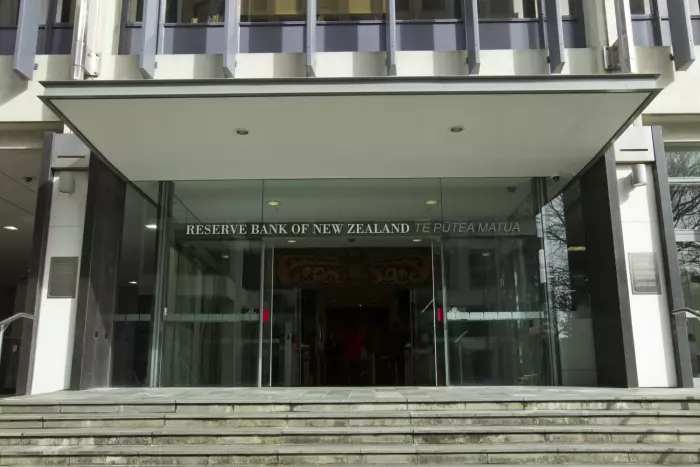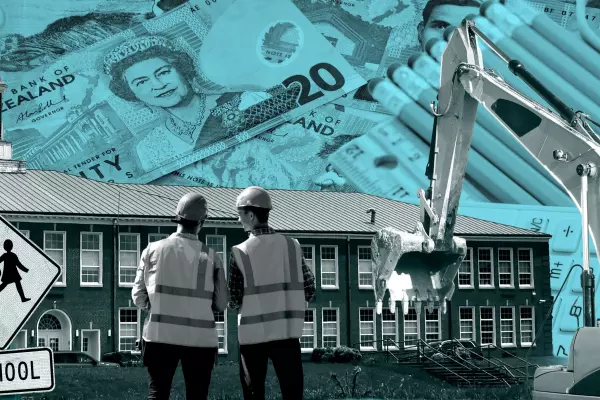As expected, the Reserve Bank of New Zealand (RBNZ) hiked the official cash rate (OCR) by 75 basis points to 4.25% – up from 0.25% just over 12 months ago.
And as always, it was the forecasts that mattered more than the actual decision, which was widely expected to be either 50 or 75 points.
The central bank is now projecting that an OCR of 5.5% for most of the next two years will be needed to bring inflation back to under 3%.
It had increased the track at each Monetary Policy Statement this year, but November's move was easily the largest upward revision.
To understand why the bank has taken this extremely tough stance, look no further than its projection for annual inflation.
Whereas previously the bank had inflation falling from the final quarter of 2022, it now saw an increase in the fourth quarter, continuing in the first half of 2023, before falling away and returning to the 1% to 3% target range in 2024.
The fallout
The stark rise in lending rates will have serious implications for the economy.
The Reserve Bank had previously projected a 'soft landing', with inflation coming under control without a recession, but now they're saying one is necessary to contain prices.
Once demand starts to fall, jobs will follow. The Reserve Bank is projecting a peak unemployment rate of 5.7% in early 2025 on the new official cash rate (OCR) track.
That's up significantly from a 5% peak projected in August's monetary policy statement.
House of cards
The other place where the rising interest rates will be felt acutely is the housing market. The latest projections now see house prices falling by 19% by December 2023 from the peak at the end of 2021 and staying lower for longer.














